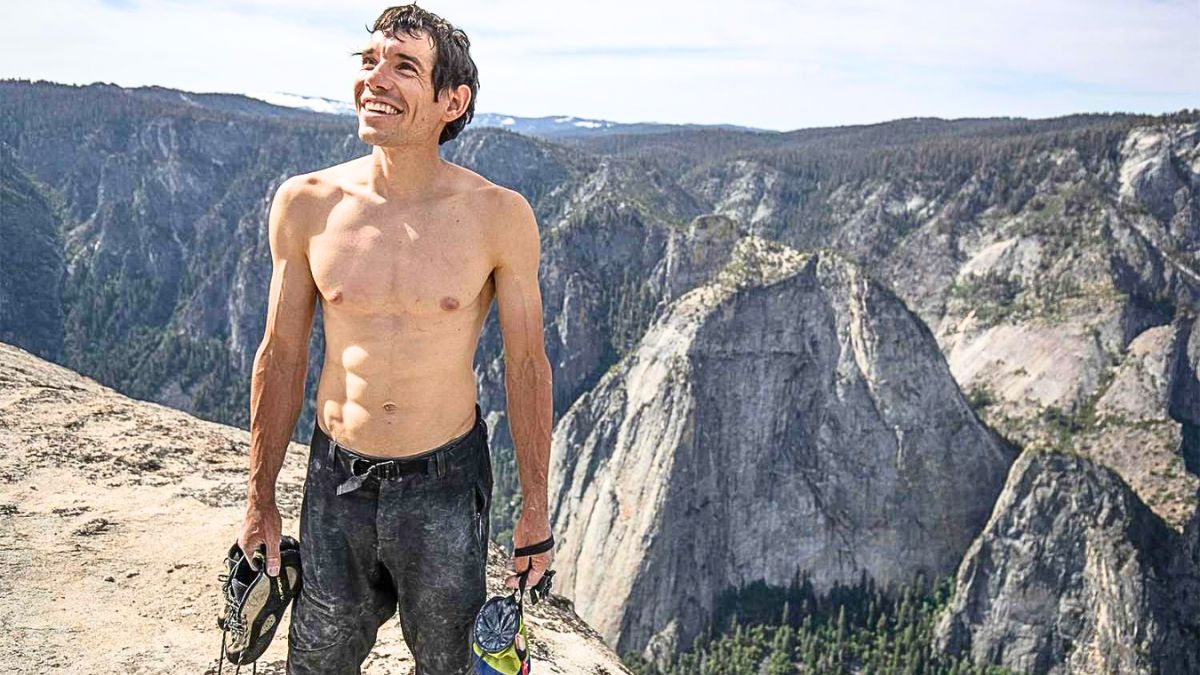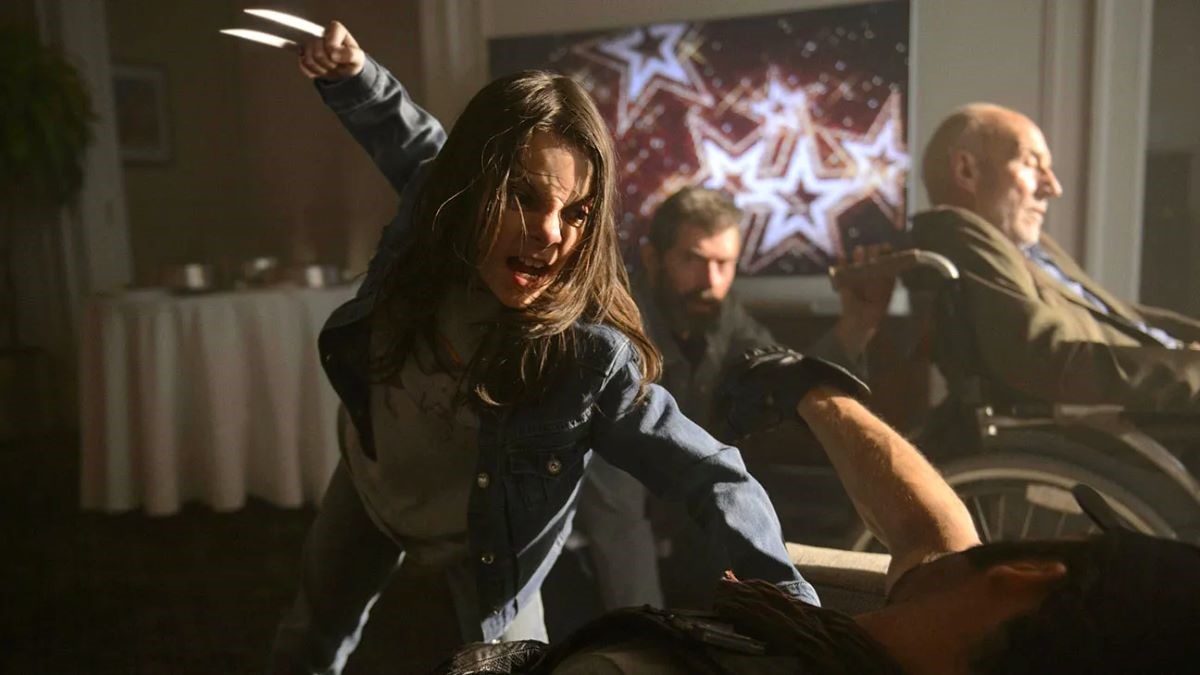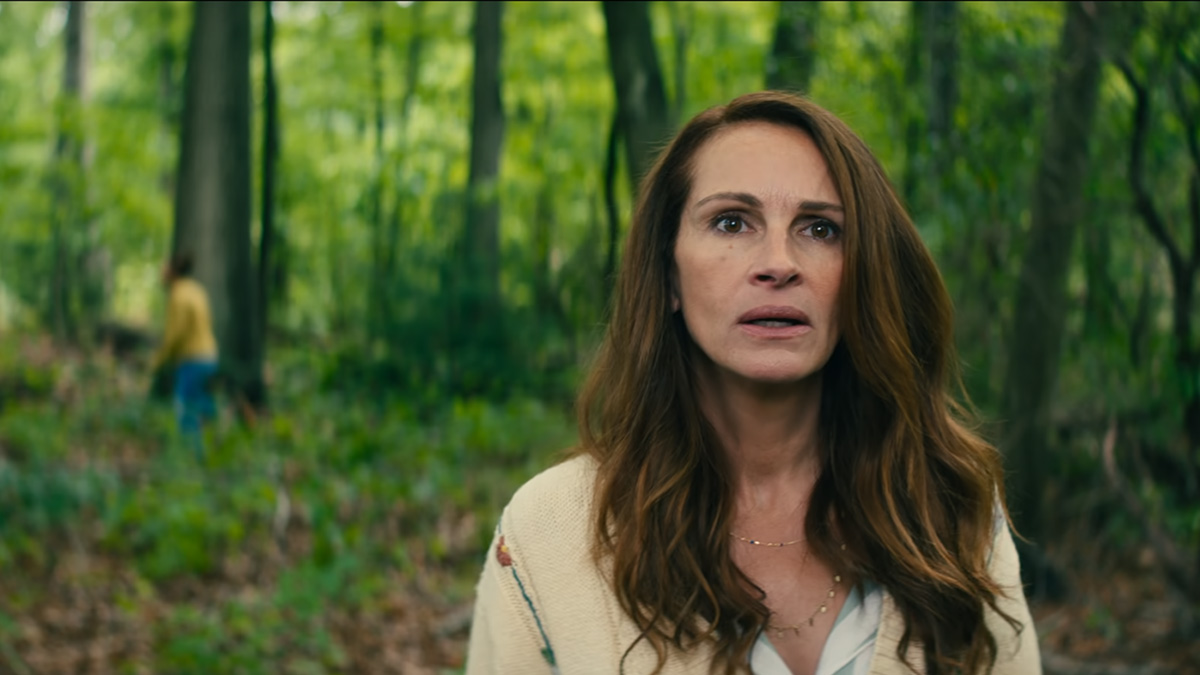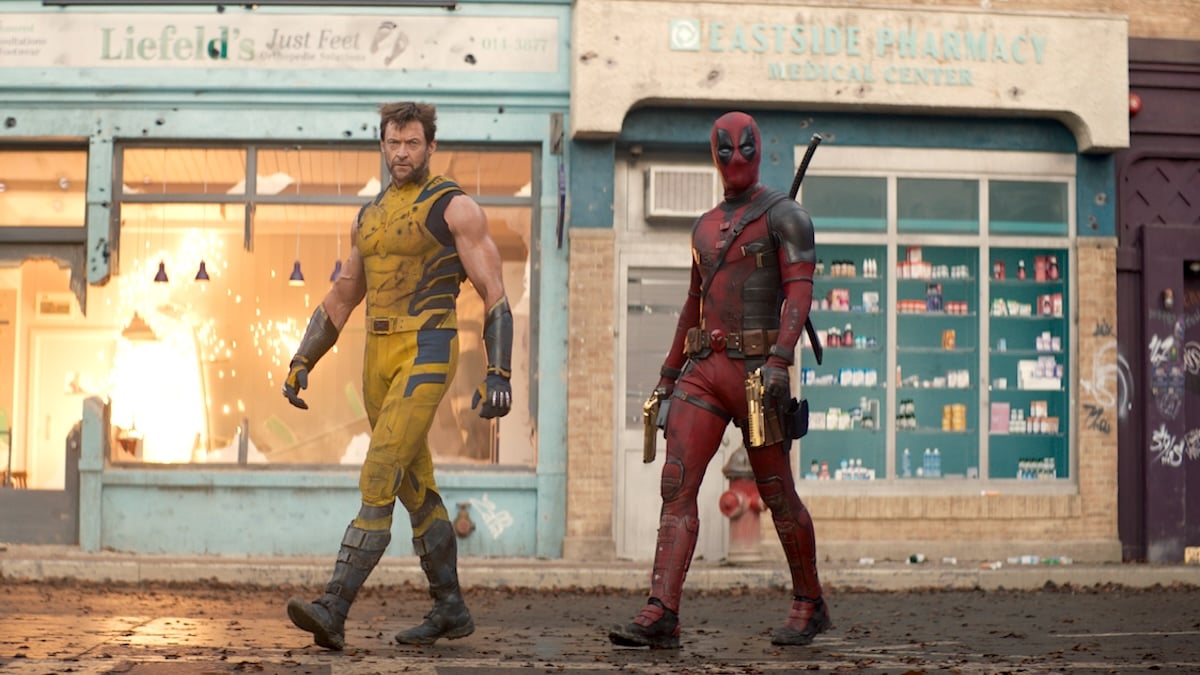When horror buffs debate their favorite morgue scenes, most probably gravitate towards Re-Animator and Stuart Gordon’s undead monster mash. Others might cite I Am Not A Serial Killer‘s deeper dive into the lives of coroners – less focused on raising hell and more intent on weaving psychodramatic backstories – but The Autopsy Of Jane Doe makes its own case for notoriety by blending both aspects with sinister haunted house appeal. From the very first incision, an evil is unleashed that breathes life into a dead profession. One that’s simple and respectful in its investigative-monster-hunt intentions, but restrained as director André Øvredal cheekily nods to now-classic life-after-death films.
Emile Hirsch stars as Austin Tilden, son of widowed small-town coroner, Tommy Tilden (Brian Cox). As corpses come in, Austin and his father cut through flesh to reveal the mysterious causes of death that tell a victim’s story – but nothing can prepare them for their new Jane Doe. Sheriff Sheldon wheels the anonymous body downstairs to the Tilden’s work area, only to reveal immediate obscurities. At first glance alone, her eyes appear glazed a hazy grey, lacerations tattoo her organs and peat is found caked under her nails. Just who is this mystery woman, laying in the Tilden workshop? Unfortunately, that might be something neither coroner wants to discover.
Many “scares” will feel familiar to horror fans, once Tommy’s basement transforms into Jane’s haunted deathtrap. Multiple dead bodies escape from their refrigerated containment units, popping up at random only to then linger far beyond necessary jump-scares. This could be the plot to a billion similar no-escape containment thrillers, but Øvredal knows timing is everything, so he exploits norms by dragging out initial reveals almost to a comical extent (Hirsch peering out a door crack for what feels like minutes before a zombie head appears) or by leaving jump-scares visible, almost nullifying their cheapness (said zombie remains blocking their door crack, so Cox can come over and get his own glimpse). Øvredal’s approach to horror is one that’s generic in setup, but brooding and long-lasting when quick “jumps” are unexpectedly drawn-out.
Such detail seems obsolete, but anything directors can do to shake genre expectations these days is more than appreciated. Most beats throughout The Autopsy Of Jane Doe resonate similar father/son relationship dramatics and spooky funhouse surprises, but Øvredal’s approach towards his titular cold-case plays with ample crime-procedural intrigue.
Jane’s dissection peels back layers of bloody tissue and satanic clues with each advancing autopsy stage, as frights increase despite the cold, soulless body never flinching. There’s something almost fairytale about the whole ghostly detective scenario, evoking reminiscent sensibilities to Øvredal’s ever-entertaining Nordic fable, Trollhunter. The Autopsy Of Jane Doe is less about scares and more about visual storytelling, cuing small bursts of harrowing horrors meant to creep, crawl and remain etched into your nightmares.
Cox has become a genre favorite over the years, and The Autopsy of Jane Doe dictates precisely why. His gruff fatherly voice and professional thought-pushing constructs a loving chemistry with Hirsch’s compassionate son, who fears for his father’s loneliness without mama around. It becomes evident that Hirsch only pursues the family trade out of sympathy for his father, but it’s never exhibited in an angsty, grudge-holding way. When working, they grow as a bonded team, and when surviving, they do so for one another. “Corny” might be one way to describe their relationship, but also connected, charismatic and compassionate – with a dash of fear thrown in when necessary.
In a very Clerks line of thinking, Hirsch’s Austin Tilden shouldn’t even be working that night, but he tells girlfriend Emma (Ophelia Lovibond) to return a few hours later after rescheduling their date – probably the film’s least fulfilling arc. You might surmise what trouble this spells for Emma, and while Hirsch fights Satan’s stranglehold alongside his fact-based father, Emma’s angle feels stunted and rather slight. It’s a smaller complaint given how writers Ian B. Goldberg and Richard Naing majorly invest in the Tilden family survival struggle (rather reminiscent to atmospheric Resident Evil games), but Emma could have provided a key perspective given more devotion. Instead, she’s a shapeless pawn.
Throughout The Autopsy Of Jane Doe, André Øvredal whispers a haunting bedtime story that focuses equally on world-building and sensationalized scares. Production quality decorates an antique Tilden morgue with stuffy wood-paneling and gaudy carpets, but the old-school setting draws us into a thematic location currently being held on lock-down by a malevolent unidentified corpse. Each slice from Tommy’s scalpel plunges deeper into mystery, until a dark ritual pays homage to one of horror’s more disrespected cinematic subgenre creatures. It’s inarguably generic in process, but strong performances and blackened whimsy make for something a bit more inviting than spirits, zombies and a doomed family – as gnarly as those elements are.








Published: Dec 19, 2016 10:30 am